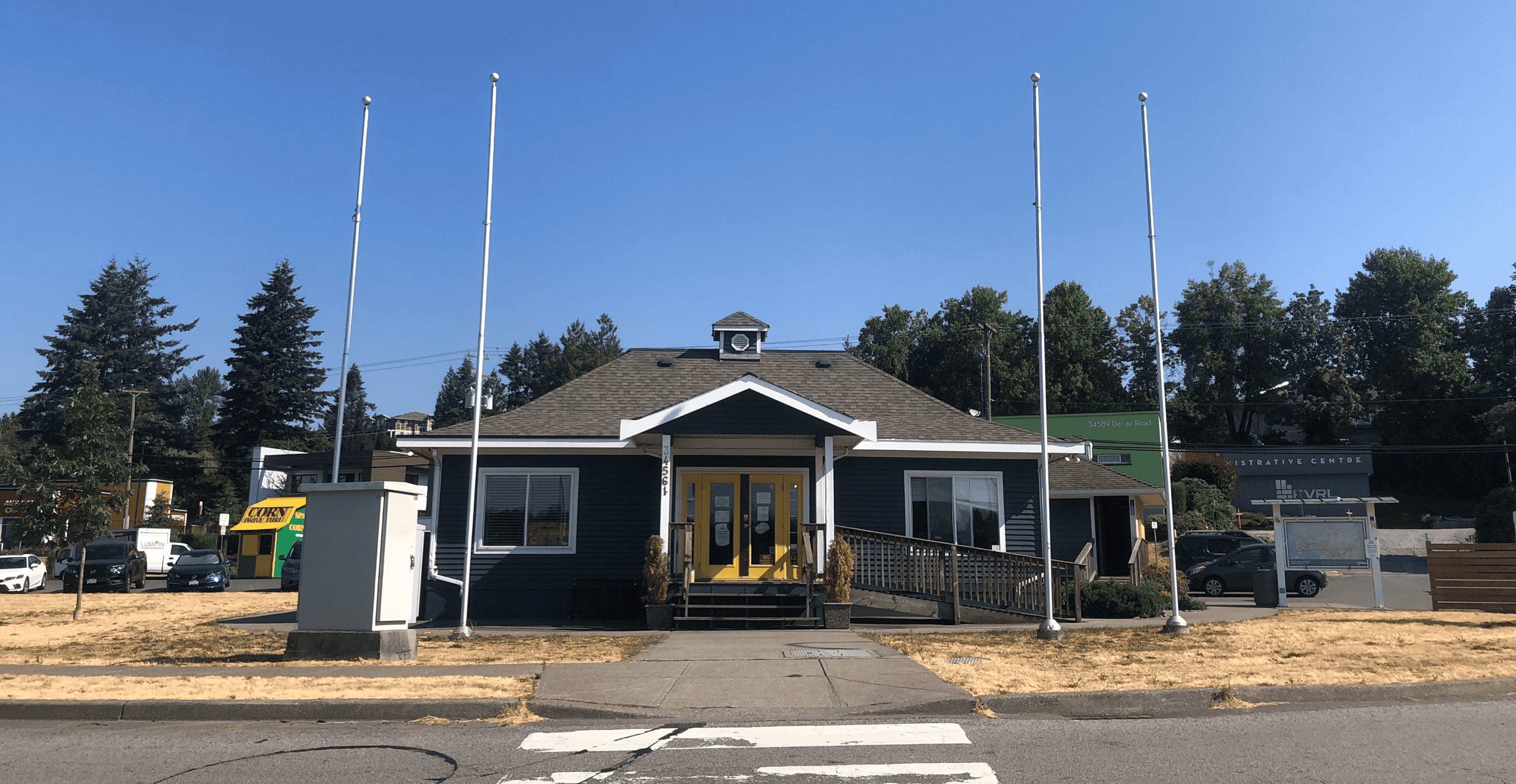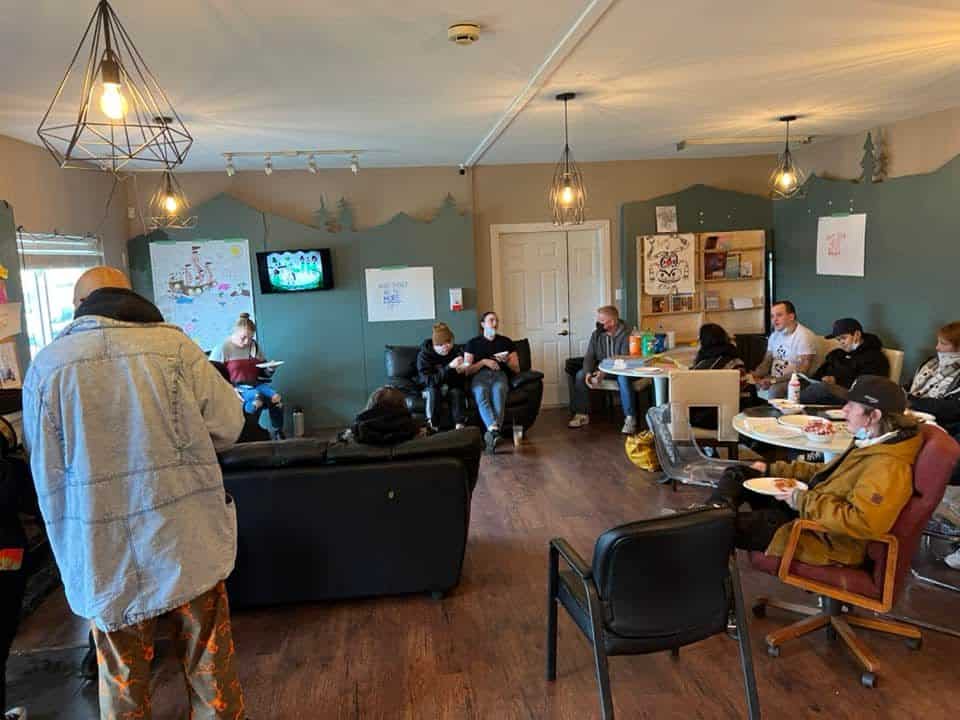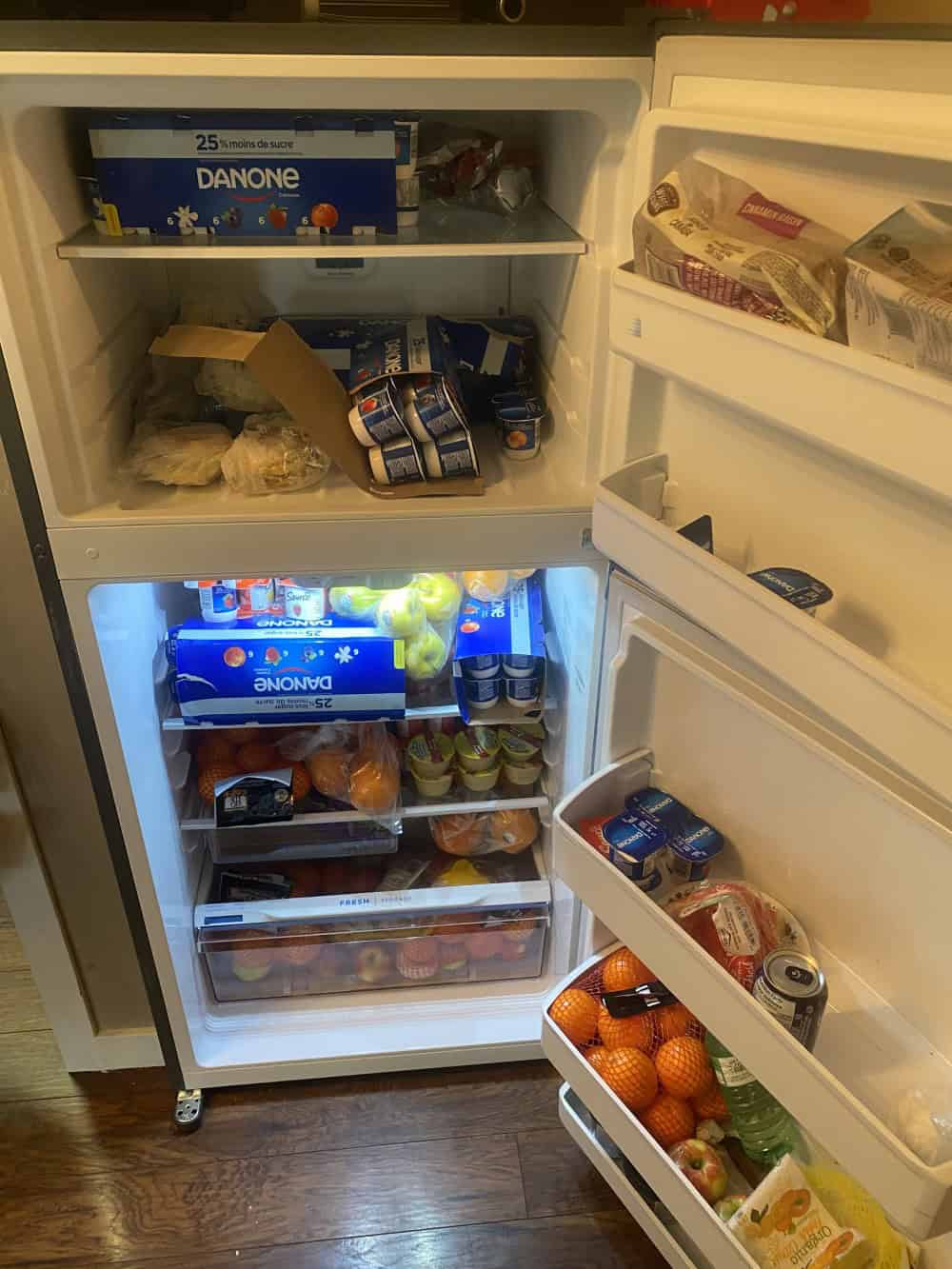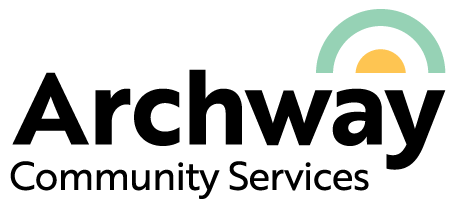
The Cabin, a drop-in daytime centre for those experiencing homelessness, will be closing at the end of September.
The Cabin was funded through a one-year grant from Strengthening Communities Services Grant from the Union of BC Municipalities (UBCM). While the project had funding to operate until November 30th, the Abbotsford City Council voted to close the program early so that the closure would not happen at the beginning of the extreme weather season. The unused funds will be returned to UBCM.
“We’re disappointed that this gathering hub will be closing but are extremely grateful that we had the opportunity to test the model, to empower peers with employment and purpose, and to facilitate housing for folks who would not have otherwise been housed,” said Megan Capp, Manager of Social Justice, Seniors and Housing at Archway.
The Cabin provides food, shelter from the elements, and an opportunity for connection. It is also a place for the street community to gather and enjoy activities like weekly bingo nights and barbecues. Through the trust and relationships that were built, staff were able to connect individuals to housing and health services.
“Working together on the project brought the organizations working with the homeless population closer and we’ll continue collaborating going forward,” said Capp.
“It was a transformative experience for all those involved. It built empathy among service providers and it empowered the street community as they were invested and involved in this project from the ground up.”
Archway Community Services was the lead agency and worked with 5 and 2 Ministries, Impact, Drug Wars Survivors, CEDAR Outreach and the Abbotsford Restorative Justice and Advocacy Association (ARJAA).
“Meeting some of the human faces behind these really big and sometimes complex issues has been a really incredible impact that I’ve seen,” said Amy Chiasson, a Community Restorative Practice Coordinator for ARJAA.
Jesse Wegenast, a pastor and Executive Director of 5 and 2 Ministries spoke to the benefits of having a drop-in centre, “It can be a real place of refuge for people for whom there is no peace.”
“For people who are living outside, having any rest, any refuge, any place of connection is really that first step in giving yourself the value, to think that there is some hope beyond the immediacy of your situation. For many people, the connections they make at The Cabin are going to be the first step in some type of upward trajectory and moving their lives along.”
The Cabin is located on Delair Road in the former Abbotsford Tourism building.
“It’s disappointing that our community has chosen to close a daytime space providing a door to safety, friendship, employment, housing, and more for a largely Indigenous population, and to individuals who are already so disenfranchised from basic necessities and rights that the rest of us often take for granted.”
Employment Opportunities
The Cabin employed up to 35 individuals experiencing homelessness as peer support workers and maintenance workers which gave them a sense of purpose and a way to earn income.
Holly, one of the peer support workers said that having a job made her feel “much more part of everything than an outsider looking in, which is what you feel like when you live on the street.”
Mary Grace, another peer support worker said she liked the job because it allowed her to do what she liked which is helping people. It gave her “purpose and some cash.”
Harm Reduction
A harm reduction tent on the site is operated by CEDAR Outreach and provides people a safe space to use substances. Peer support workers are equipped with Naloxone and called for medical attention when needed.
“There are lots of discussion around how to best utilize evidence-based approaches to address substance use, but in the meantime, we have a moral obligation to keep people alive. Harm reduction does that,” said Capp.
“Providing harm reduction services and supplies provides us an entry point into conversations with people. It helps reduces the stigma around drug use, so we are able to support them if, and when, they choose to access any supports.”
“There are a lot of lessons that we’ve learned from The Cabin that can inform future harm reduction work. At the beginning of this project, we contracted Dr. Martha Dow and the Community Health and Social Innovation (CHASI) Hub at the University of the Fraser Valley to conduct an evaluation and are looking forward to sharing the results once completed.”

Peer Worker Josh on The Cabin’s porch

Cabin Participant
Addressing Complaints
The Cabin stirred controversy within the community and has been the focus of complaints by a few neighbours around vandalism and disruption. Other neighbouring businesses reported positive effects on the area, citing a significant decrease in the amount of people loitering, overdosing in their bathrooms, and causing disruption for their customers.
Reports from the Abbotsford Police Department showed that crime in the neighbourhood had been rising before the Cabin opened.
“Through a law enforcement lens, The Cabin is an integral part of how we combat homelessness and how we help our most marginalized and victimized citizens survive,” said Inspector Kevin Murray of the Abbotsford Police.
“People living on the street are often unfairly blamed and stereotyped for the negative actions of a few individuals in their community,” said Capp.
“While negative actions are unacceptable and should not be excused, those positive impacts must also be acknowledged. Often, we see the positive impacts our work can have on the surrounding areas being left out of the narrative.”
To minimize the impact on the neighbourhood, staff conduct regular sweeps on the property to clean up and bring individuals into the centre from surrounding areas. A good neighbour agreement is strictly enforced, with the possibility of losing services if individuals don’t respect the space in and around the location.
ARJAA helped gather neighbours, surrounding businesses and service providers to come up with solutions together.
“Community dialogue is a new way of dealing with community conflict,” said Christine Bomhof, Executive Director of ARJAA.
“What it really does is once you get people in that room together, it’s a human conversation. We aren’t going to solve homelessness overnight, but it will help people to gain some understanding and empathy.”
“Through a law enforcement lens, The Cabin is an integral part of how we combat homelessness and how we help our most marginalized and victimized citizens survive.”
Violence Against the Street Community
Recently there has been a rise in violent acts towards those living on the street. Cabin staff reported several incidents of vigilantism from members of the general community that affected the safety of both staff and clients at the Cabin.
“If people become afraid to seek services, they become even more isolated and harder to help,” said Capp.
“It doesn’t make much sense to me for people to be very vocal about negative behaviours of those living on the streets and then try to combat that by engaging in negative and potentially violent behaviour themselves.”
“As a population, the street community is so easy to dehumanize, and people forget that these are individuals who have had really complex life experiences that lead them to end up on street.”
“While people are quick to assign personal blame to those who find themselves homeless, the available evidence, and our experience, show that the picture is much more complicated.”
“Things like poor health and mental illness can happen to anyone. Many folks who are unsheltered don’t have a support system due to being in foster care, experiencing intimate partner violence, childhood sexual abuse or being raised in neglectful and abusive homes. Additionally attempting to access supports for substance misuse, including detox and recovery options has become very difficult.”
“As I got to know the folks I was struck by the stories of abuse and intergenerational trauma,” said Natalia Deros, a project lead at The Cabin. “At the same time, I was also struck that regardless of what they went through, folks in the street community take care of each other. It’s a true community.”
“Around 80% of those accessing The Cabin have some Indigenous background, which is just staggering considering Indigenous folks only make up around 5% of the general population.”
One Indigenous peer support worker recognized how intergenerational trauma had impacted his life.
“All that trauma that was put on us from the residential schools was passed down to us through the generations, and we’re still dealing with it,” he said.
“If you do take the time to listen to people’s stories, I haven’t heard a single one that doesn’t make sense,” said Brian Gross, the Executive Director of Matsqui Abbotsford Impact Society.
“If we just give up on this problem because it’s too complicated, I think we will leave our children a legacy of hopelessness.

Inside The Cabin

Free food was always available thanks to donations from the Salvation Army & the Archway Food Bank.
No Plan B
Once The Cabin closes, there will only be one small daytime drop-in centre available in Abbotsford and overnight shelter spaces are limited and regularly full.
While more shelter spaces open up in extreme weather, they close during the day which will once again leave the street community struggling to find warmth and shelter in the winter.
“It’s been so great for people to have a place to dry off from a rainstorm and grab a hot cup of coffee. People could also escape the heat for a bit during the summer. Without a daytime shelter in the winter, people won’t have somewhere to escape the cold. The Cabin was also a place to get toques, mittens and even a warm blanket,” said Sandi, a peer support worker.
At the time of the 2020 Homeless Count and Survey Report there were 166 beds available in Abbotsford for a population estimated to be between 300 to 600 individuals.
“It’s disappointing that our community has chosen to close a daytime space providing a door to safety, friendship, employment, housing, and more for a largely Indigenous population, and to individuals who are already so disenfranchised from basic necessities and rights that the rest of us often take for granted,” said Rod Santiago, the CEO of Archway.
“Without a daytime shelter in the winter, people won’t have somewhere to escape the cold.“
Going Forward
The partner organizations are committed to finishing strong and providing services as long as possible.
Employees are being supported in finding alternative employment in other positions at the supporting agencies and elsewhere.
“It was a year of learning and connection, and we’re grateful to our staff, participants and everyone involved for helping shape the services offered,” said Capp.
“Going forward, we will be looking for other funding opportunities and evidence informed, compassionate ways we can continue collaborating to create supports for the street community. We will continue to show individuals experiencing homelessness that we and our partners care enough to invest resources into helping them because you have to have hope to even begin thinking about the future. The work continues.”
Want to Help?
If you’re interested in seeing long-term sustainable supports for those experiencing homelessness, we encourage you to contact your elected officials to voice your concerns.
Homelessness is a complex issue that can be linked to addiction, mental health, trauma, high housing costs and more. We need proactive solutions across all levels of government and within community.
“It was a year of learning and connection, and we’re grateful to our staff, participants and everyone involved for helping shape the services offered.”
